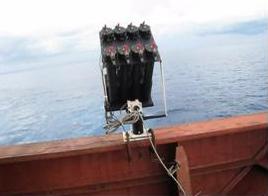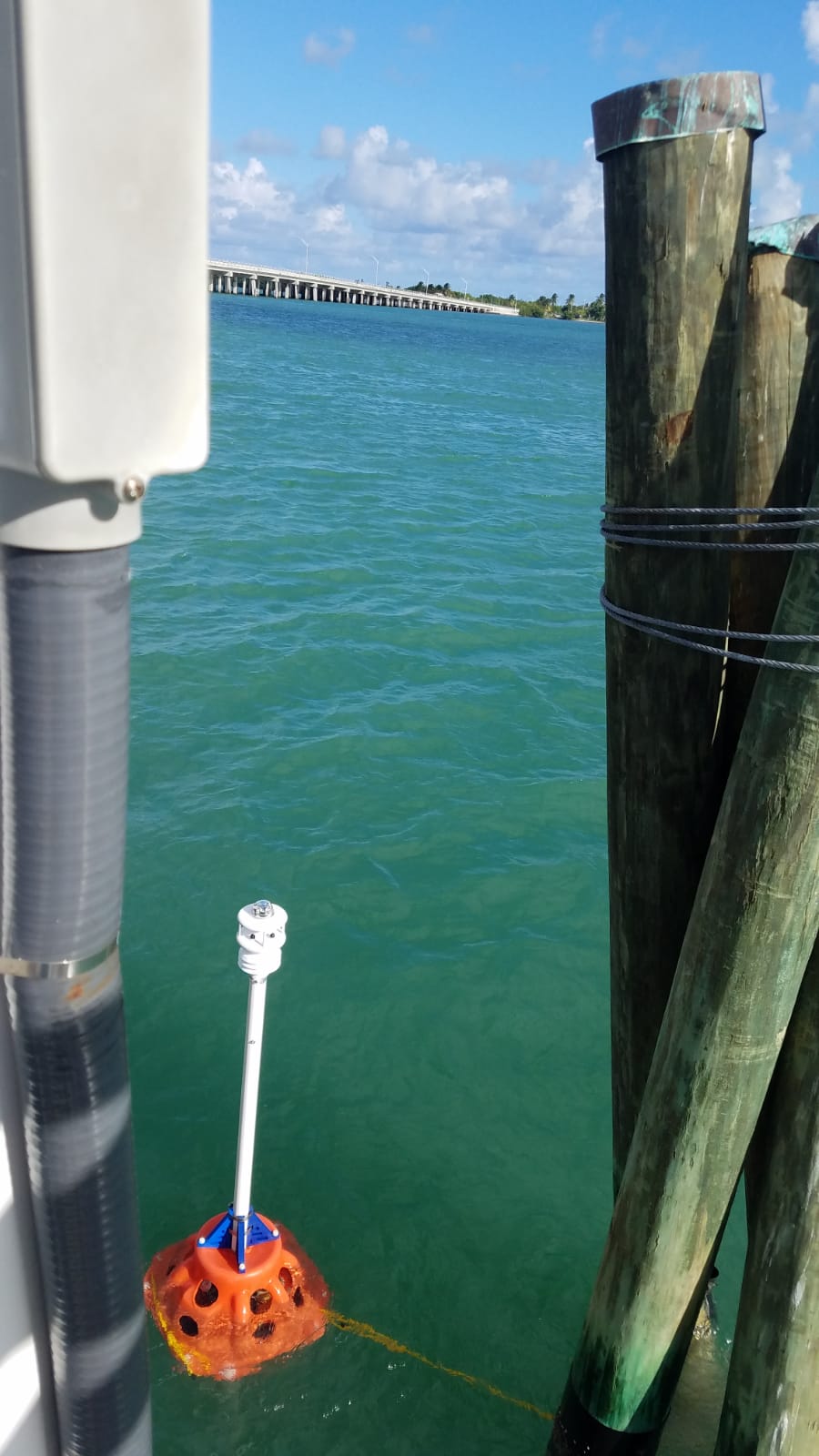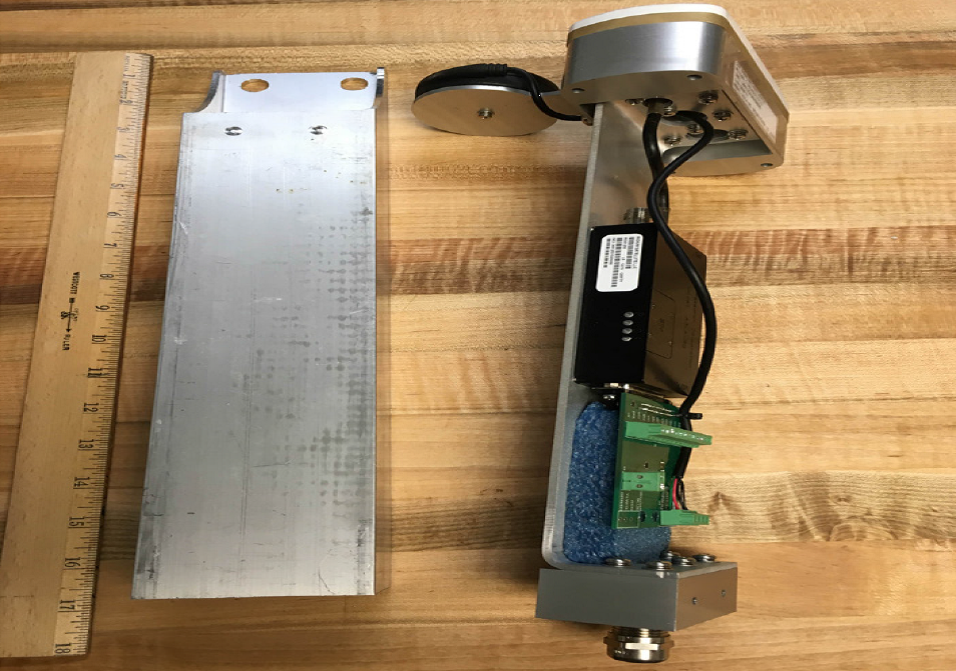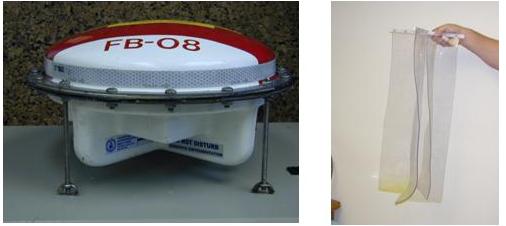Adaptable Bottom Instrument Information Shuttle System (ABIISS)
A deep ocean data retrieval system, once fully operational will allow scientific instruments anchored on the ocean bottom to send their data back via expendable data pods that will release from the ocean floor on a programmable schedule. Go
Autolauncher
A device for automatically launching XBT probes from a moving ship as it steams along its course. The device can be preloaded with up to eight probes and then deployed at predetermined launch times or positions. Go
For more details on the applications of this instrument visit the High Density XBT Transects project website.
AXR
A new XBT prototype data recorder is currently being tested that by improving on the current methods of acquiring data and reducing the cost attributed for servicing and upgrading existing data acquisition systems, will reduce the hardware cost by 85 times. The prototype data recorder is projected to cost less that $200 a unit. Go
Buoy Mini Met-Station
PhOD Instrumentation Group built a prototype buoy equipped with a mini weather station as part of the NASA Ocean Salinity Science Team project to evaluate the quality of wind speed/direction, precipitation, air temperature/humidity measurements by comparing them to concurrent measurements by the mini weather station on the pier and by the permanent RSMAS weather station.
Dropsonde Float
A free falling instrument that records the temperature, conductivity, pressure and average current velocity in a vertical column of water. The distance between the drop point and the point were the instruments first surfaces, represents the total vertically accumulated drift during the period of descent and ascent. Go
For more details on the applications of this instrument visit the Western Boundary Time Series (WBTS) project website.
Iridium-Based Antenna
PHOD and CIMAS personnel successfully designed, built, and tested a new Iridium-based antenna for transmission of XBT observations, resulting in an annual savings in data transmission costs of approximately $200,000 per year (a direct benefit to the National Weather Service who paid for the XBT data transmission). Go
Shallow Water Surface Drifters
A drift buoy capable of operating in water depths of one meter or less. To derive high-resolution currents, the position of the buoy is determined using a GPS receiver that stores 3 dimensional position information at pre-selected rates. Go
For more details on the applications of this instrument visit NOAA's South Florida Ecosystem Research and Monitoring Program project website.






